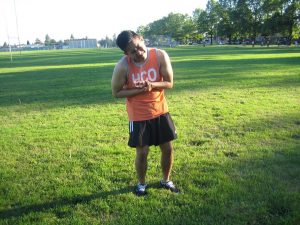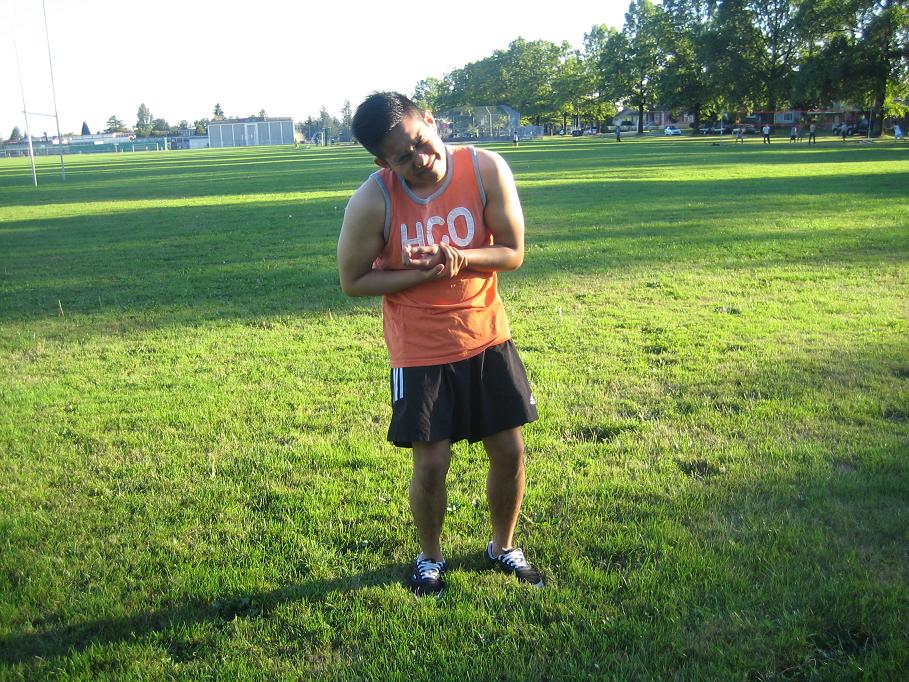Finger osteoarthritis is a common condition among post-menopausal women. It is important to note that osteoarthritis can affect the joints in any part of the body. Most of us take for granted our hands and fingers. In any normal day, our hands are widely used for various activities. An individual with finger osteoarthritis will find it hard to perform daily activities at home or at work.
What are the causes?
Remember that finger osteoarthritis is categorized as a degenerative joint disease. The cartilage that covers the ends of the bones forming a joint eventually wears off in a gradual manner. Any injury to a joint can lead to damage to the cartilage.
Even if the injury will not directly cause damage to the cartilage, it can affect how the joint functions. The joints might end up misaligned after they heal from an injury. These abnormalities can strain on the joint which can later on result to damaged cartilage.

Diagnosis
A diagnosis of finger osteoarthritis usually starts with a medical history of previous injuries that might have caused the condition. A physical exam will allow the doctor to assess the range of motion of the affected finger joints and the movements that elicit pain. The manifestation of the distinctive nodes can also help with a diagnosis of finger osteoarthritis.
An X-ray is usually required so that the doctor can view images of the joint damage particularly to determine the amount of cartilage remaining or if the joint is bone-on-bone.
Indications of finger osteoarthritis
- Stiffness or rigidity
- Pain
- Swelling
- Diminished grip strength
- Development of nodes
- Reduced range of motion
In most circumstances, the pain is often felt at the start of an activity and eventually subsides as the activity progresses. After activity has stopped and during rest, the stiffness and pain usually recurs. In advanced cases of osteoarthritis, the pain can even occur while at rest.
Management
The pain is the symptom that urges many individuals to seek treatment. Prompt treatment can help properly manage finger osteoarthritis. The conservative treatment options are initially tried which includes the following:
- Reduce the activity level
- Anti-inflammatory medications such as NSAIDs or aspirin
- Cortisone injections into the joint
- Modifying activities or occupations that entail repetitive movement of the fingers
- Occupational therapy
- Physical therapy which includes range of motion and strengthening exercises
- Heat application
- Splinting
- Topical rubs
If the conservative measures are not effective, surgery might be the only option. This is recommended for individuals who experience uncontrolled pain that disrupts with normal hand function.

